-
17 Nights / 18 Days
-
Private
-
Every Day
Description
Travel in style through Egypt on this 18-day Egypt luxury tour. Experience the elegance and luxury of Egypt’s best hotels, cruise on the Nile in 5-star luxury.
On this luxury tour of Egypt, you will marvel at the most iconic and spectacular sites of Ancient Egypt. Soak up the atmosphere and culture during this exceptional tour, with our specially trained guides and hosts. Every moment of this tour has been designed to maximize your comfort and safety, but most importantly, your enjoyment of this unique and fascinating country.
Read the itinerary below to learn more about this Egypt luxury tour package. Please get in touch if you have any questions, and consider our Luxury Egypt Custom Tours if you’d like something similar to this but tailor-made to fit all of your needs and desires
Itinerary
Experience
-
Highlights
-
Visit the best of Cairo.Visit the best of Minya.Visit the best of Aswan.Visit the best of Luxor.Visit the best of Alexandria.
-
Includes
-
09 nights Luxury Hotel accommodation + breakfast in Cairo02 nights Luxury Hotel accommodation + breakfast in Aswan03 nights Luxury Nile Cruise accommodation + full board in Nile Cruise02 nights Luxury Hotel accommodation + breakfast in Luxor01 nights Luxury Hotel accommodation + breakfast in AlexandriaProfessional English Expert tour guide with you.Private vehicle with air conditioningEntrance fees to all the mentioned sites in our itineraryDomestic flight tickets Cairo / Aswan / Luxor / CairoAll service charges & taxes
-
Entry visa into EgyptAny extras not mentioned in our itineraryAny Tips given throughout the tour
Starts from $ 9925
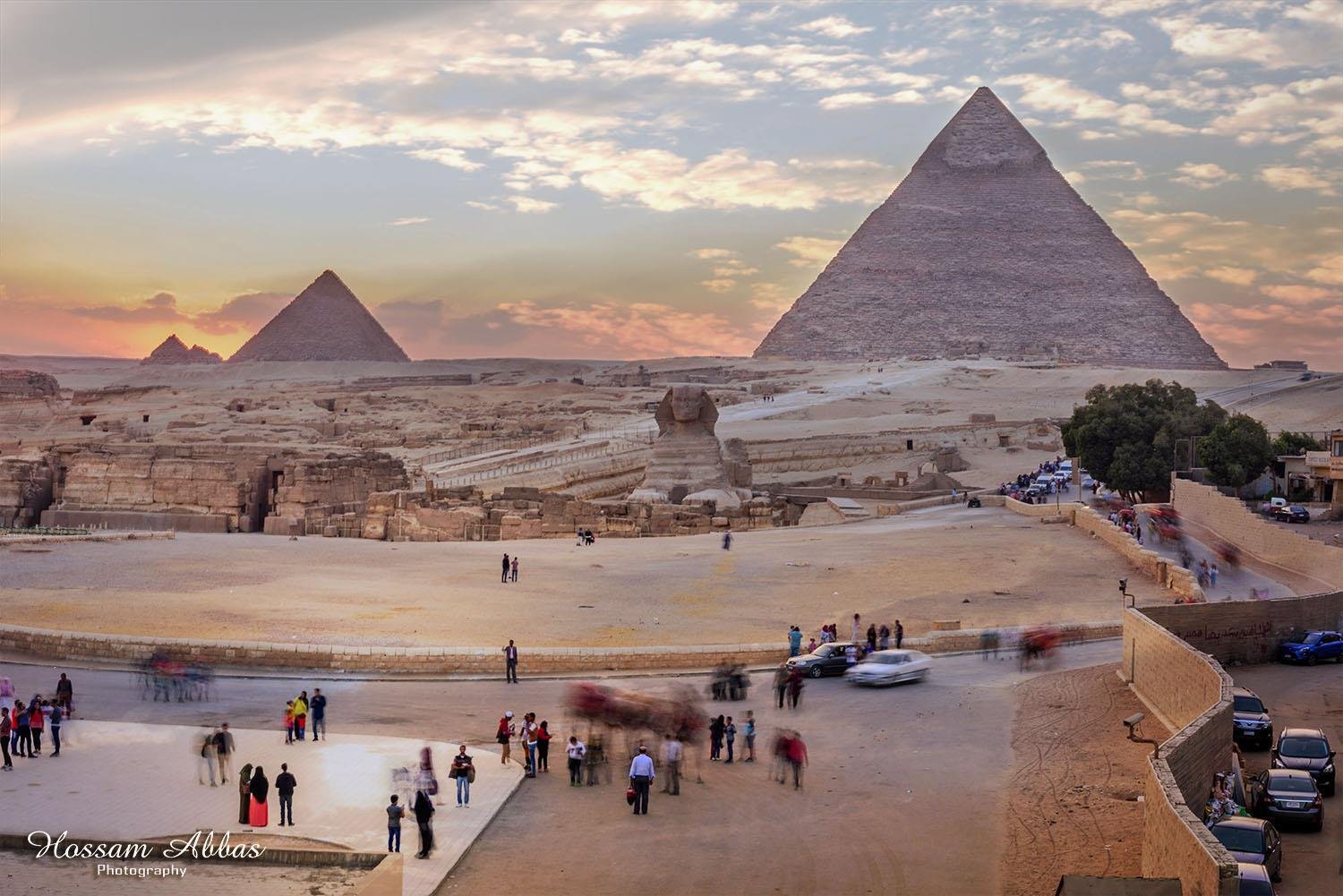

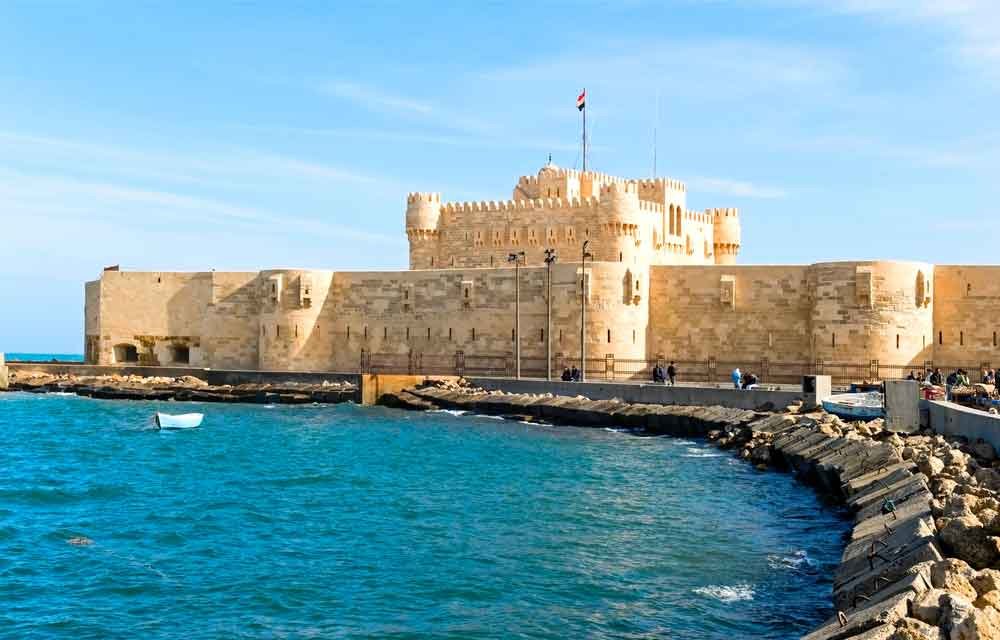



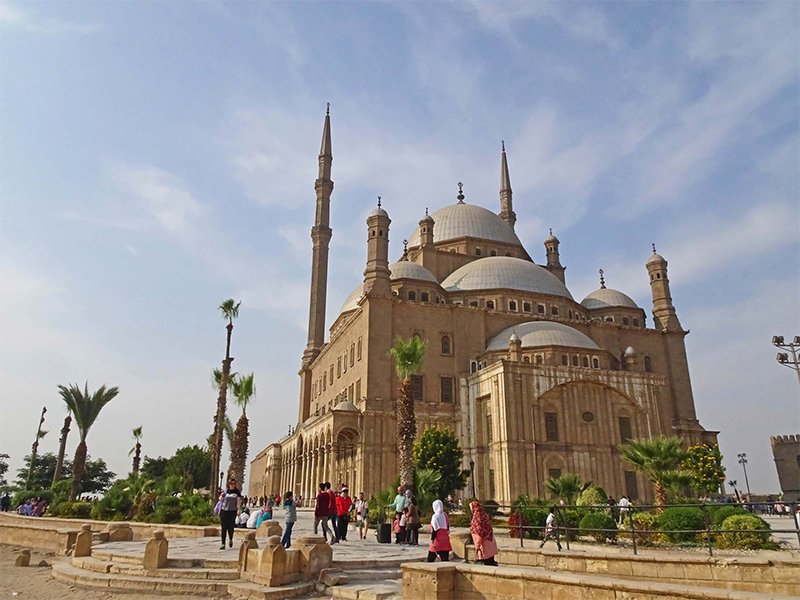
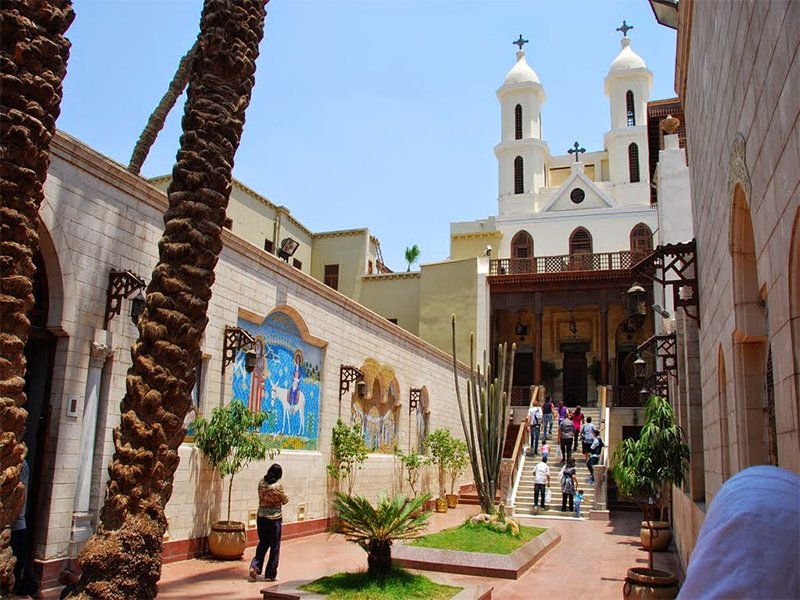
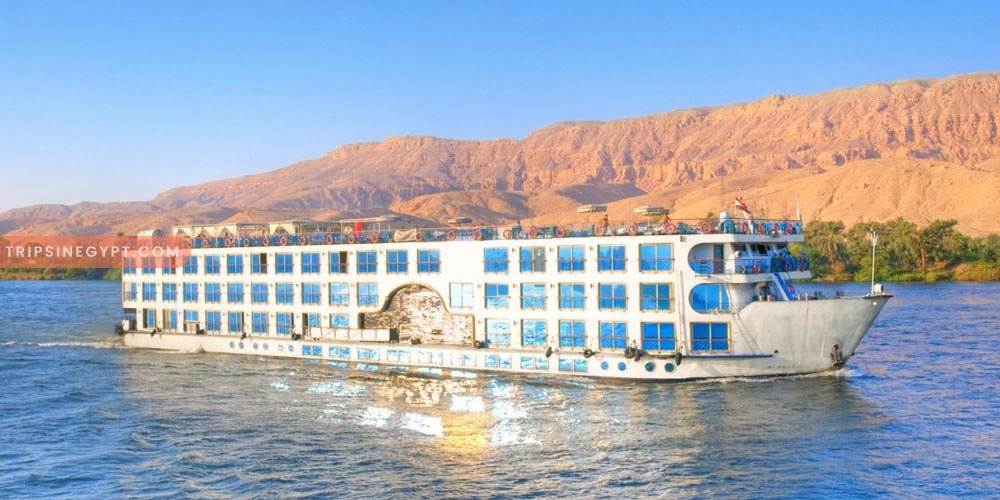
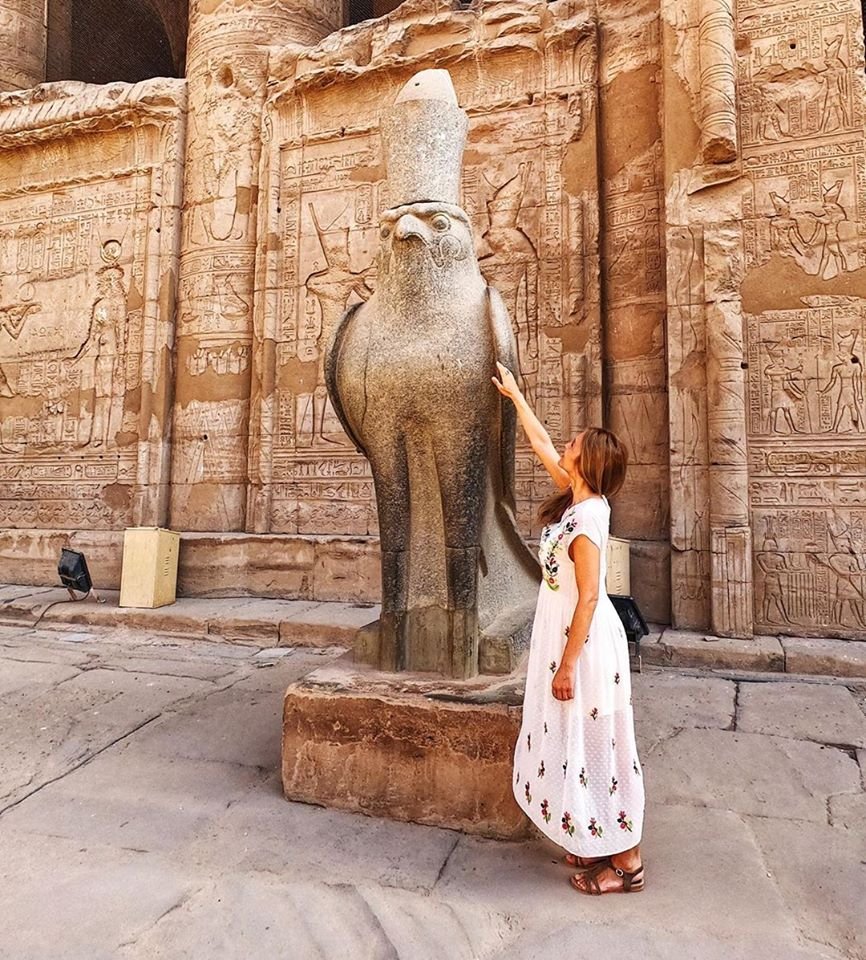
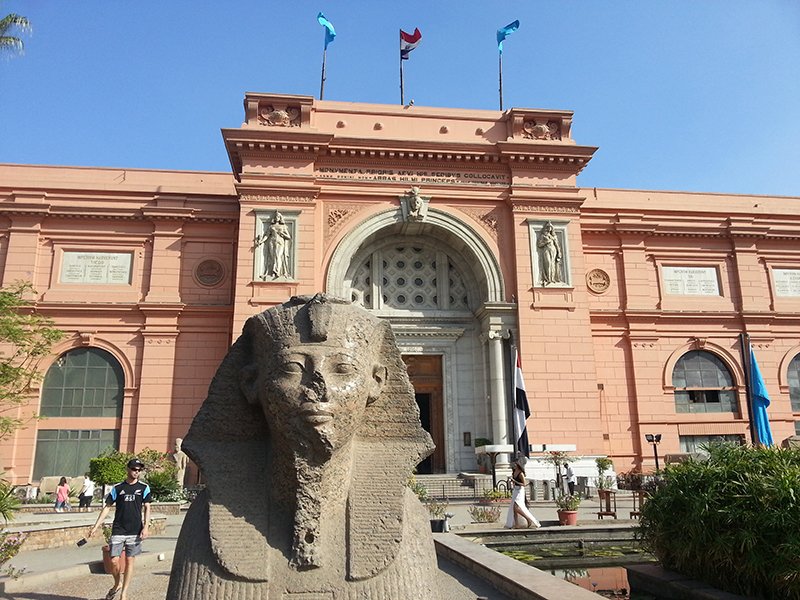
Be the first to review “Egypt Luxury 18 days Tour Cairo » Al Minya» Aswan » Nile Cruise » Luxor » Alexandria »Cairo”